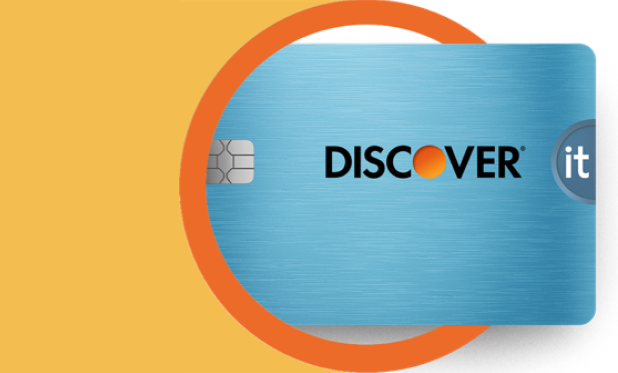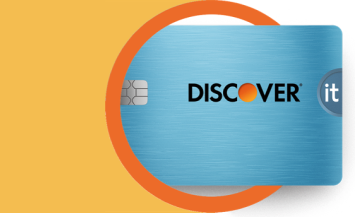Do you know how your credit score compares to the national average? As of April 2025, the Fair Isaac Corporation (FICO®) reports that the average FICO® Score is 715.1 That’s one point lower than it was in January 2025.

What Is the Average Credit Score in America?
5 min read
Last Updated: June 19, 2025
Next steps

See if you're pre-approved

View all Discover credit cards
See rates, rewards and other info
You may also be interested in
Was this article helpful?
Was this article helpful?




